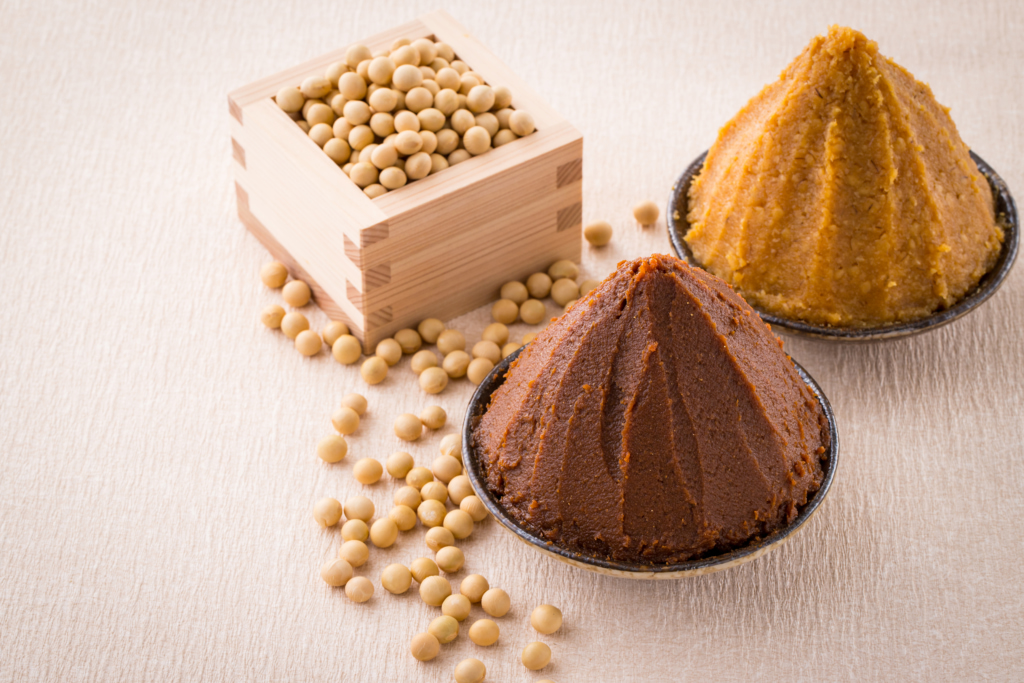What is Miso?
Used in Japan for over 1,300 years, miso is a paste that can serve as seasoning and as a flavor enhancer. It’s made from fermented soybeans and is perfect for getting an umami hit. Unsurprisingly, miso is used in a wide variety of Japanese dishes, from soup to miso-glazed salmon.
Many Japanese home cooks will throw a teaspoon of miso into dishes to give them extra depth. As well as adding umami, it has a high salt content, so it can be used as a salt substitute in some cases.
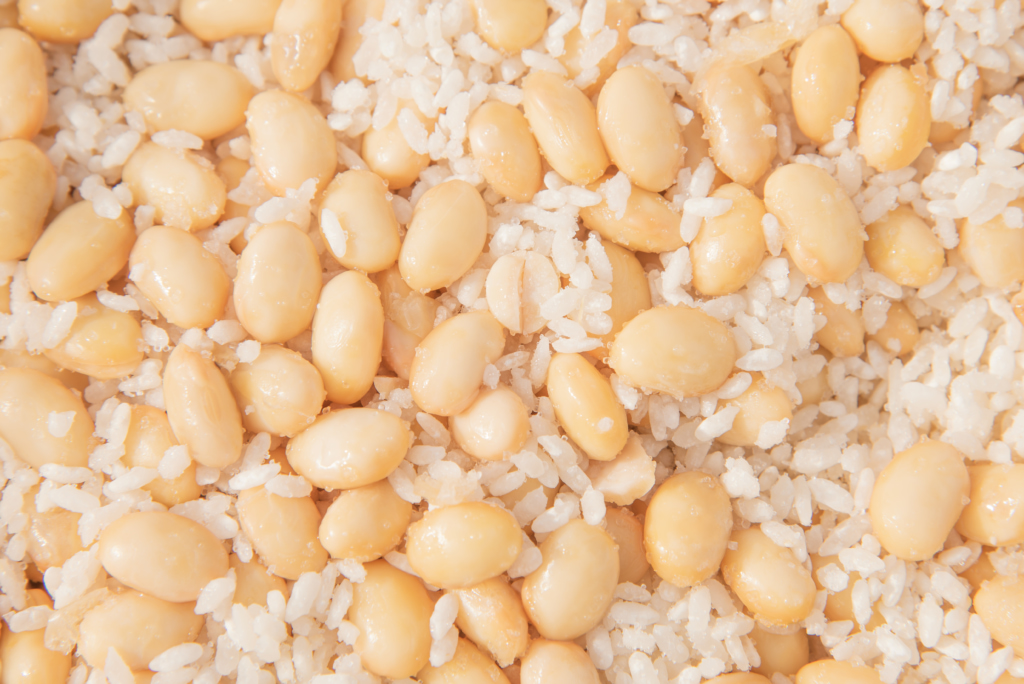
What is Miso Made of?
Miso is made of three ingredients: soybeans, koji (rice bacteria) and salt.
How to Make Miso
Miso is actually incredibly easy to make at home — it just takes a long time. No matter what type, the main ingredient is soybean.
Soybeans are boiled until soft-ish, then mashed and koji is added. Mix with your hands then add salt and leave for around six months to let the bacteria do its job, checking periodically for any mold on the top. Then uncover and start using. It’s that simple.
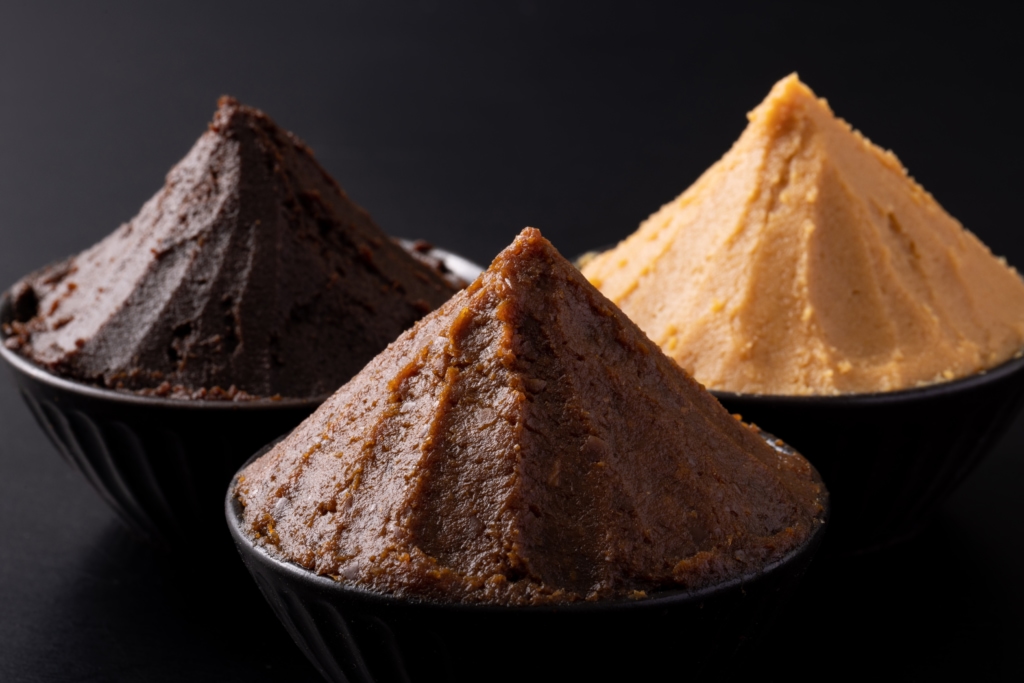
Types of Miso
There are many different ways to categorize miso, ranging from ingredients used through to taste (richness, intensity, etc.) and color.
Region
Throughout miso’s long history in Japan, each area has developed its own type. As a guide, regions in the south, such as Kyushu, Shikoku and so on, tend to have sweeter, lighter miso. Sometimes wheat is added. The northern regions, from Hokkaido down to Tokyo, make miso using rice koji.
Taste
Miso is known within Japan by degrees ranging from sweetness (ama-kuchi) to saltiness (kara-kuchi). In hotter areas of the south, the taste leans on the sweeter side. Generally, heading up north means the miso gets saltier.
Color
Distinguishing miso from its color is probably most useful for those just starting out on their miso journey. An easy way to think of miso flavors is that the darker the miso, the richer the flavor.
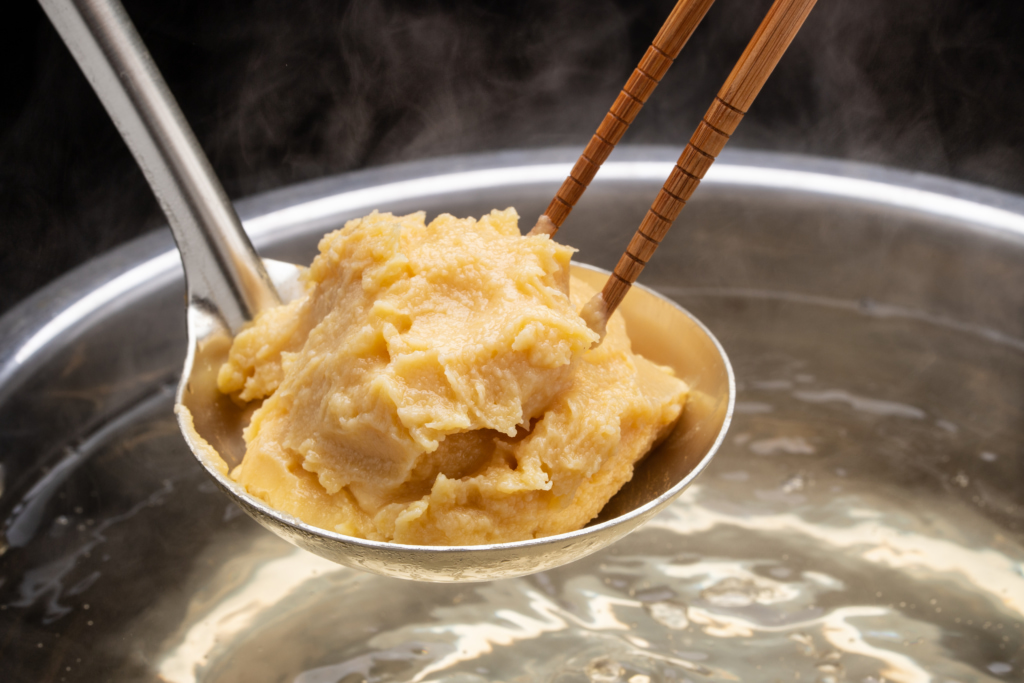
White Miso
White miso has its origins in Kyoto and contains the most amount of rice (compared to soybean), and is fermented for up to two months. It has a light, slightly nutty flavor, and is mildly salty. It is versatile and can be used in dressings, soups and more. It’s low salt content makes it good for baking.
Light Miso
Sometimes called ‘yellow miso,’ light miso is fermented for a little longer than its white miso cousin and its flavor is deeper. It’s great for marinades although it adds a nice flavor to any dish.
Red Miso
Red miso has a high salt content and a long (12-18 months) fermentation time. A little red (aka) miso goes a long way. Great for soups, seasonings… you name it. Try mixing with sugar for a salty-sweet glaze.
Health Benefits of Miso
The fermented soybean paste is known to have many health benefits, being rich in antioxidants and probiotics. Below are a few:
- Digestion — studies have shown that miso can be great for gut health, thanks to its probiotic levels.
- Immune-friendly — miso may be beneficial for your immune system.
- Potentially cutting the risk of cancer — studies have shown that the isoflavone content of miso could help to protect against types of cancer.

How to Use Miso
Miso as a condiment or seasoning is incredibly versatile, and it really all comes down to personal preference. In Japan, it depends on what area you’re living in. That said, miso does lend itself to several delicious dishes.
Miso Soup
Any type of miso can be used for miso soup. There is no set rule. Start off with a white miso and move up from there.
Miso Ramen
Miso ramen is said to have originated in Hokkaido, so there is no reason not to try miso ramen using Hokkaido-style miso, a darker yellow miso.
Miso Salmon
Miso salmon is a well-known dish, although any fish can be used. Simply glaze the fish with miso and bake.
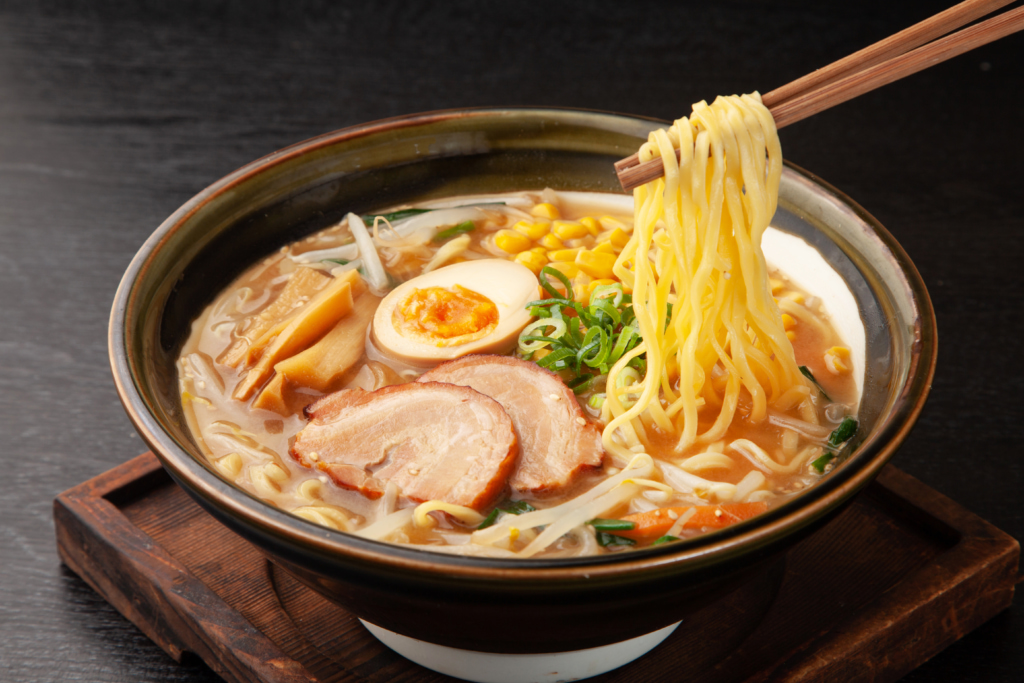
Where to Buy Miso
Miso can be found in any Japanese supermarket. There are rows and rows of it. It’ll be pretty easy to distinguish each variety thanks to colors. Go for miso which has no additives if possible.
Is Miso Vegan?
In Japan, miso will often have fish stock added, so those who adhere to a strict vegetarian or vegan diet or with food sensitivities and restrictions should check the ingredients. Most miso is pretty pure, though.
Miso Substitutes
Soy Sauce
If you really can’t get hold of miso, and have no time to make your own, soy sauce can be used as a slightly passable substitute.
Tahini
Some people tout tahini as a good substitute for white miso in certain dishes.
There are so many different uses and possibilities for miso.
More Japanese Cooking Ideas
Check out some of our articles on Japanese cooking below.

